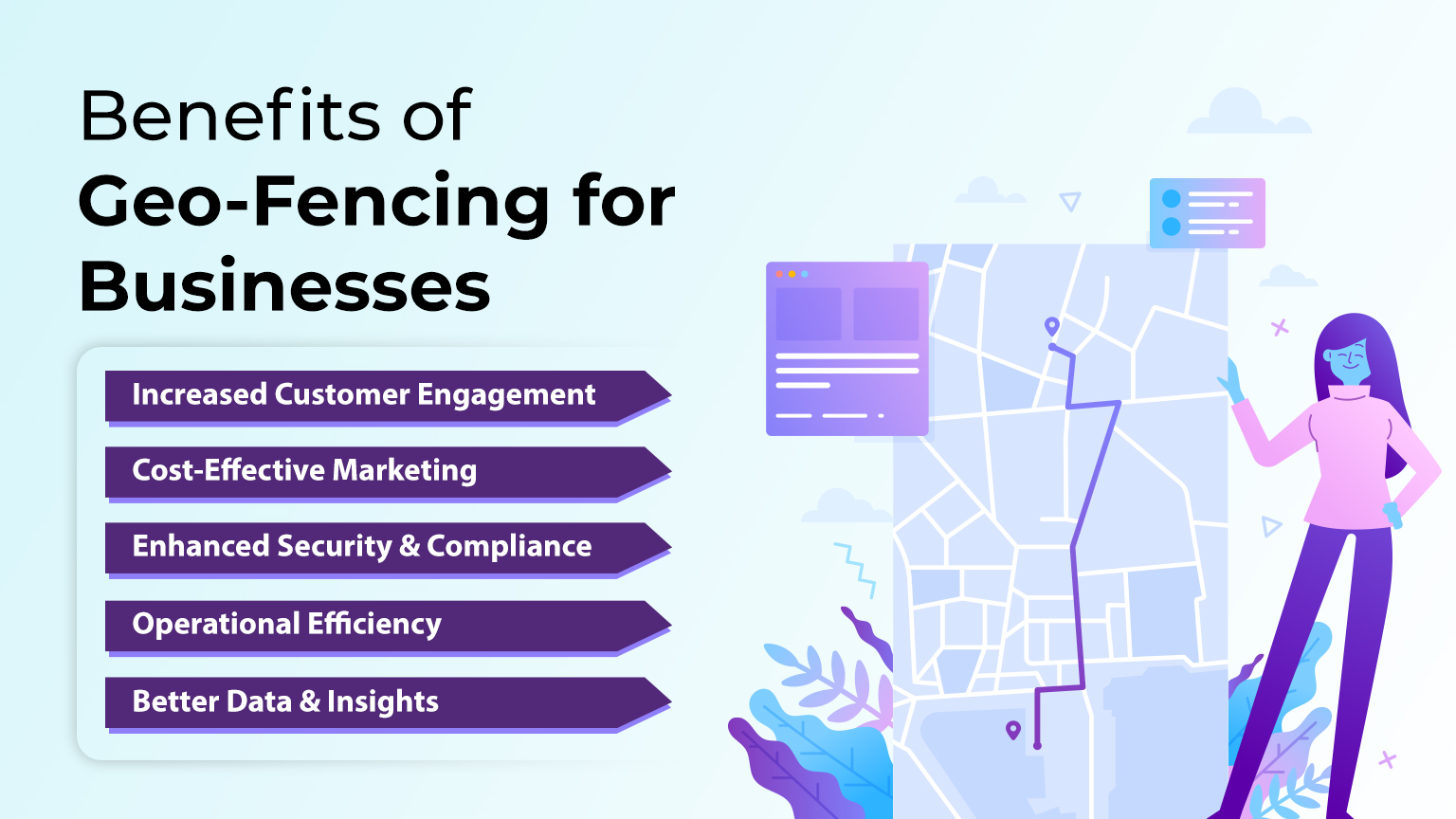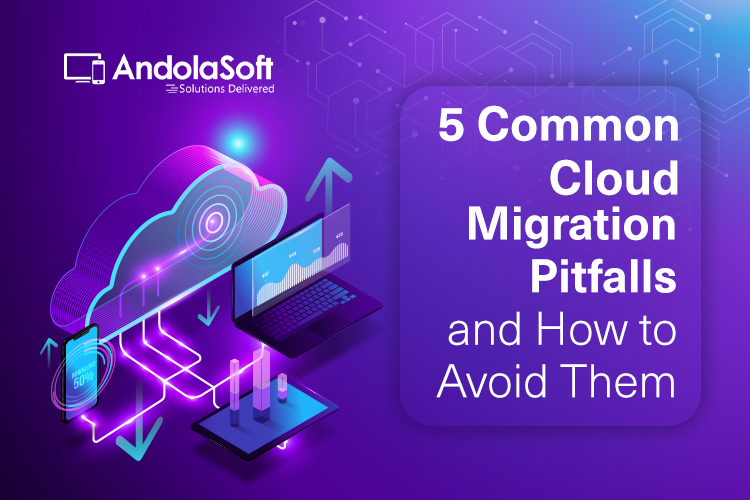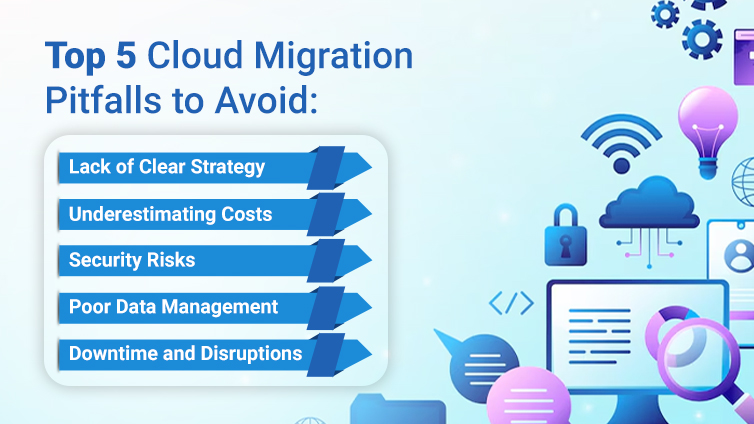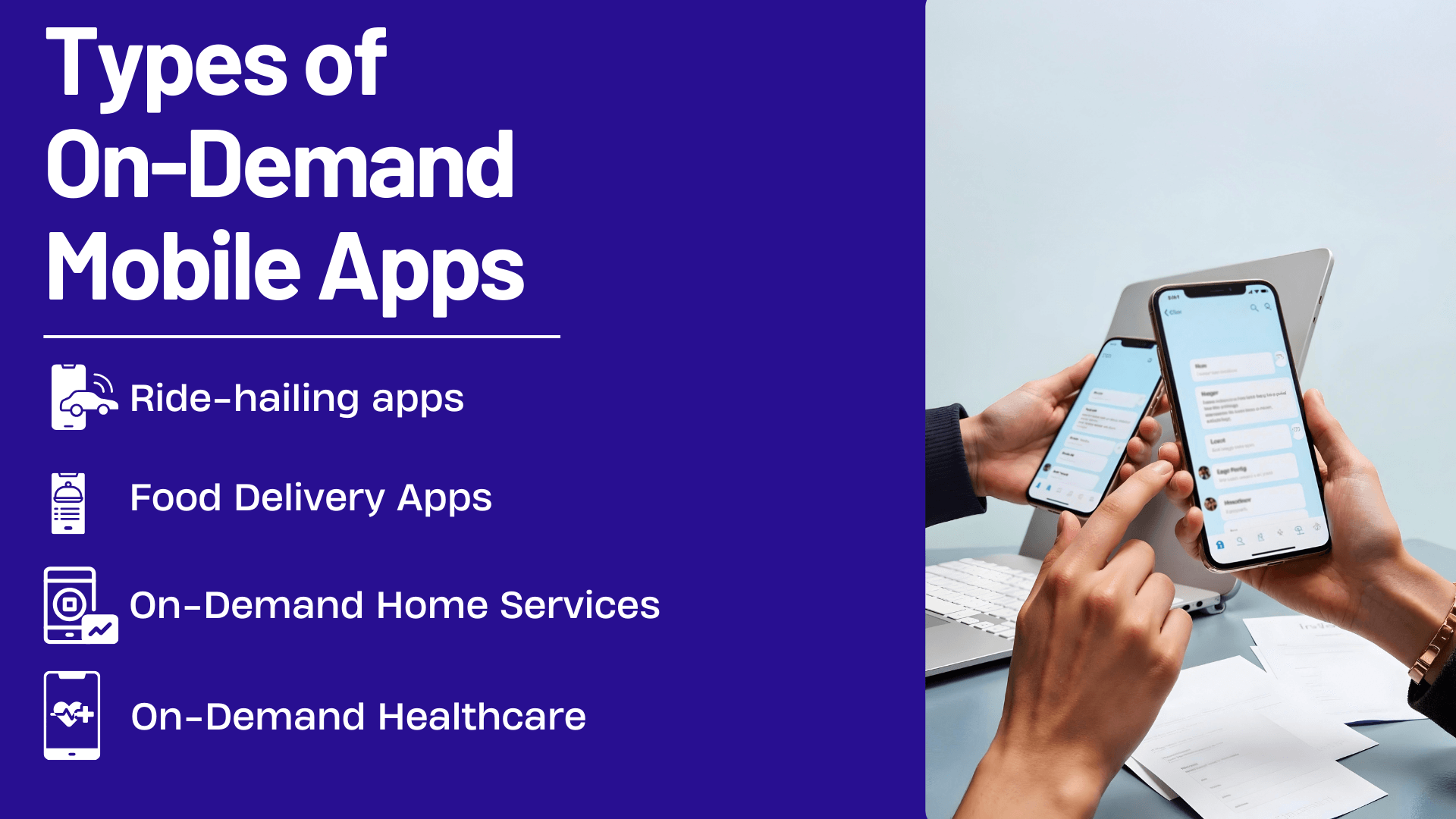Every 15 seconds, a global enterprise loses over $1 million in opportunity costs due to delayed insights and data silos. Modern BI Tools Drive Real-Time Decision-Making for Enterprises is no longer a luxury — it’s a strategic imperative.
In an era where milliseconds matter, businesses must harness live dashboards, predictive analytics, and AI-embedded insights to stay competitive. Today’s leaders — from CTOs and product managers to founders and business strategists — demand solutions that deliver actionable intelligence instantly, not hours or days later.
In this post, you’ll learn:
- Why enterprises across healthcare, eCommerce, logistics, and more need real-time BI now
- Best practices and frameworks for adoption, ensuring security, scalability, and performance
- How Andolasoft partners with you to implement custom BI, AI, and data analytics solutions
- A mini case study showcasing measurable results
Let’s explore how Andolasoft’s deep expertise in BI, AI/ML, and enterprise solutions can transform your data into a live strategic asset.

Why Modern BI Tools Drive Real-Time Decision-Making for Enterprises
In today’s fast-paced market, data-driven agility separates winners from laggards. Modern BI tools address long-standing challenges — data latency, siloed reporting, and manual processes — by providing an always-on analytics layer. Gartner reports that by 2025, 50% of enterprises will rely on real-time analytics for operational decisions, up from just 15% in 2021.
- Bridging data silos: Traditional BI often stitches data manually, causing delays. Modern BI platforms unify disparate sources — ERP, CRM, IoT — automatically, giving teams instant visibility.
- Enhancing responsiveness: Real-time alerts and drip-feed dashboards empower decision makers to act on anomalies — supply chain disruptions or customer churn signals — within minutes, not days.
- Leveraging AI-driven insights: Embedded machine learning algorithms continuously learn patterns, forecast trends, and recommend optimized actions, ensuring foresight rather than hindsight.
Without adopting these strategic solutions, enterprises risk inefficiencies, revenue leakage, and missed market opportunities. Patchwork or legacy systems simply cannot support the velocity or scale demanded by modern business.
Business Need & Importance
Enterprises across verticals are facing unprecedented data volumes and velocity:
- Healthcare providers must monitor patient vitals and resource utilization in real time to improve outcomes and reduce costs.
- eCommerce platforms need instant visibility into inventory, website performance, and customer behaviors to personalize experiences and prevent cart abandonment.
- Logistics companies require live tracking and demand forecasting to reroute shipments and optimize fleets.
- Fintech firms depend on instant fraud detection and regulatory compliance reporting to protect assets and reputation.
- Manufacturing plants leverage sensor data for predictive maintenance, avoiding costly downtime.
- Educational platforms analyze learner interactions to tailor content and boost retention.
Risks of Inaction
- Inefficiencies and manual reconciliation hinder growth, leading to frustrated teams and customers.
- Security risks amplify when outdated reporting platforms lack modern encryption and role-based access controls.
- Poor user experiences and delayed insights can drive customers to more agile competitors.
- Data loss and compliance breaches result from unsupported legacy databases.
Why Strategic, Modern Tech Matters
Adopting a comprehensive, future-ready BI strategy ensures cohesive architecture, robust data governance, and enterprise-grade scalability. Rather than piecing together point solutions, companies must invest in platforms that grow with their data needs, integrate seamlessly with AI/ML models, and provide a unified view of operations. Andolasoft brings decades of real-world delivery experience to architect and implement these end-to-end solutions.
Best Practices, Frameworks & Actionable Tips
Deploying modern BI for real-time decision-making involves more than selecting a tool. It requires an integrated approach across people, processes, and technology. Here are step-by-step recommendations and do’s & don’ts:
Define Clear Business Objectives
- Align BI initiatives with strategic goals, such as reducing order fulfillment times or improving patient care metrics.
- Involve stakeholders from finance, operations, and IT early to ensure cross-functional buy-in.
Establish a Scalable Data Architecture
- Adopt a cloud-first data warehouse (e.g., Snowflake, AWS Redshift) to handle streaming data and on-demand queries at scale.
- Implement a data lake for unstructured logs and real-time sensor feeds, ensuring a single source of truth.
Leverage Real-Time Data Integration
- Use ETL/ELT pipelines with tools like Fivetran or Apache Kafka to ingest and transform data continuously.
- Ensure robust data quality checks and automated schema detection to prevent inconsistencies.
Apply AI & Machine Learning Models
- Build and deploy predictive models using frameworks like TensorFlow or PyTorch, integrated into your BI dashboards for live scoring.
- Continuously retrain models with fresh data so forecasts remain accurate.
Prioritize Security & Governance
- Implement role-based access and row-level security controls to protect sensitive information.
- Encrypt data both at rest and in transit, adhering to compliance standards like GDPR and HIPAA.
Optimize Performance & Scalability
- Use in-memory analytics engines (e.g., Apache Druid) to handle high-concurrency, sub-second query responses.
- Architect microservices and containerized deployments to add capacity dynamically via Kubernetes or Docker Swarm.
Encourage User Adoption
- Provide intuitive, self-service dashboards built with tools like Power BI, Tableau, or Looker, reducing reliance on IT.
- Offer training workshops and create data literacy programs to empower business users.
Monitor & Iterate
- Set up automated monitoring with alerts for data pipeline failures or performance bottlenecks.
- Schedule regular performance reviews and stakeholder feedback sessions to refine dashboards and KPIs.
Quick Wins:
- Implement a real-time sales dashboard to track daily revenue and inventory levels.
- Automate monthly financial close processes, reducing cycle time by 30%.
- Integrate chatbots powered by AI models to handle routine customer queries, cutting support tickets by 25%.
How Andolasoft Helps?
- Custom Web Development: We craft interactive, responsive dashboards tailored to your branding and workflows.
- Mobile App Development: Access live analytics on the go with secure iOS & Android apps.
- SaaS Product Engineering: Build multitenant analytics platforms that scale with your customer base.
- BI, AI & Machine Learning Solutions: From data ingestion to model deployment, we deliver end-to-end AI-infused BI.
- Data Analytics: Our experts design data pipelines, ETL frameworks, and data warehouses that empower real-time insights.
- Application Modernization: We migrate legacy BI systems to modern cloud-native architectures, eliminating performance bottlenecks.
- Enterprise IT Services: Benefit from our managed data services, 24/7 support, and governance best practices.
- DevOps, Cloud & Automation: Continuous integration and deployment pipelines ensure your BI infrastructure evolves without downtime.
Choosing Andolasoft means partnering with a team that combines deep technical expertise with proven delivery frameworks, ensuring your BI transformation is seamless, secure, and sustainable.
Customer Success Example
For example, a healthcare analytics company, partnered with Andolasoft to build a real-time patient monitoring dashboard. Within 12 weeks, they achieved:
- 40% faster incident detection by consolidating EHR and wearable device data flows
- 35% reduction in manual data reconciliation through automated ETL pipelines
- 20% improvement in clinician response times, enhancing patient outcomes
Here’s what changed: clinicians received live alerts on critical vitals, administrators accessed on-demand capacity reports, and HealthPulse leadership made data-driven decisions that improved both operational efficiency and patient satisfaction.
Key Takeaways & Closing
- Modern BI Tools Drive Real-Time Decision-Making for Enterprises by unifying data, accelerating insights, and embedding AI for predictive foresight.
- Adopting a cloud-native, security-first BI architecture eliminates data silos and ensures scalability.
- Following best practices — from defining clear objectives to continuous iteration — guarantees successful implementations.
- Quick wins like live sales dashboards or automated closings build momentum and user confidence.
Partnering with a proven technology leader like Andolasoft transforms your BI vision into reality, delivering measurable ROI.
In an age where every second counts, embracing real-time BI is no longer optional. Start your journey today and unlock the strategic edge your enterprise deserves.
Ready to build your next digital product? Book a free consultation with Andolasoft.
FAQs
What are Modern BI Tools and why are they important for enterprises?
Modern BI Tools are cloud-enabled platforms that provide live dashboards, self-service analytics, and embedded AI. They are important because they enable real-time decision-making, eliminate data silos, and drive strategic agility across the organization.
How do Modern BI Tools Drive Real-Time Decision-Making for Enterprises?
By ingesting streaming data, applying automated ETL processes, and leveraging in-memory engines, modern BI tools deliver
instant insights. They integrate AI/ML models for forecasting, and use role-based security to ensure data integrity and compliance.
Which industries benefit most from Real-Time BI implementations?
Healthcare, eCommerce, logistics, fintech, manufacturing, and education all benefit. Real-time analytics optimize patient monitoring, personalize shopping experiences, streamline supply chains, ensure regulatory compliance, and tailor learning paths.
What are common mistakes to avoid when deploying real-time BI?
Avoid loading all data at once, skipping data governance, and overlooking user training. Instead, implement scalable architectures, enforce security policies, and invest in data literacy programs to maximize adoption and ROI.
How can Andolasoft help with Real-Time BI and analytics?
Andolasoft offers end-to-end services—from custom web and mobile dashboards to AI/ML model integration, cloud migrations, and DevOps automation. We ensure your BI transformation is swift, secure, and aligned to business goals.
What quick wins can enterprises achieve with Modern BI Tools?
Enterprises can launch a live sales dashboard, automate financial close processes, and deploy AI-powered chatbots for customer support — yielding faster insights, reduced manual effort, and improved customer satisfaction.
How do I measure the ROI of a Real-Time BI initiative?
Track metrics like time-to-insight, reduction in manual reconciliation, increased revenue capture, and improved operational uptime. These KPIs quantify how Modern BI Tools Drive Real-Time Decision-Making for Enterprises and deliver business value.








